If you are thinking about adding a dog to your family, you may be wondering what type is best for you. Whether you are looking for a purebred or a mix-breed, there are certain things you need to think about beyond what the dog looks like. All puppies and dogs are cute, and you are going to love whoever becomes your new family member – unless you don’t do some soul-searching first and pick out a dog on impulse. Here are 15 things to think about to make sure you find your perfect match.
#1 –Think About Size
Teacup to giant, and everything in-between. Dogs are one of the most diverse species on the planet when it comes to size. Some things to keep in mind: housing restrictions (some places restrict size and/or breeds), lifespan (larger breeds don’t usually live as long), cost of food, crates, etc. (the bigger the dog, the more expensive the accessories), fitting in your car (try squeezing a Dane or a Dane-sized crate in a Smart car), your own health/strength (do you want to wrestle a big dog? Lift him into the bathtub or car?).
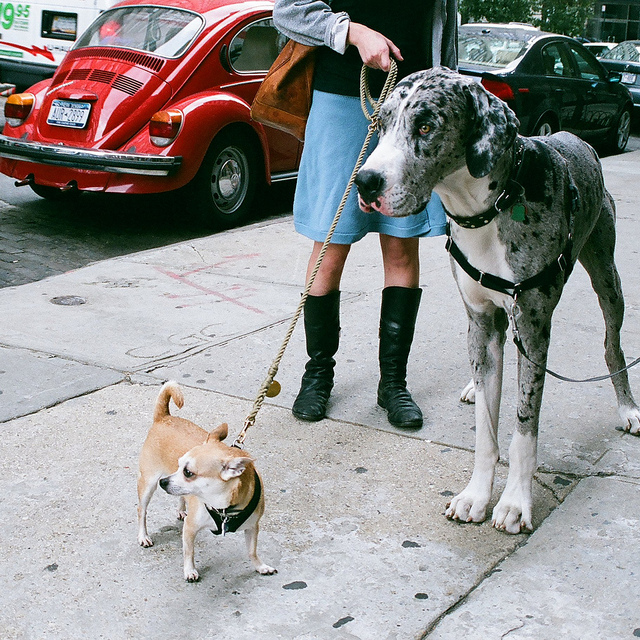
#2 – Consider Hair Type
One of the biggest misconceptions is when people say they want a short hair dog because they don’t want fur in the house. Short hair dogs still shed and if you get a shorthair dog with an undercoat, like a lab or a pug, they can shed year-round. And honestly, that needle-like hair gets into fibers and is much harder to get out than say the cottony undercoat of an Aussie. Also, not all “doodles” are no or low-shed. it’s simple genetics, sometimes they get more of the coat-type from the other breed. If you want a true low-shed dog, you may be better off with a purebred poodle or the lovely Bedlington terrier.

#3 – Puppy or Adult?
Puppies are cute, but they are also a lot of work. Think about whether you have the time, energy, PATIENCE, and money for: training, shots, spay/neuter, housebreaking (potty training, chewing on things, etc.), proper socialization, etc. If not, you may want to look for an older dog that already has some of the work done. That way, you can just enjoy your best friend instead of being frustrated or stressed out. Another perk about an older dog is that you can tell his personality better.
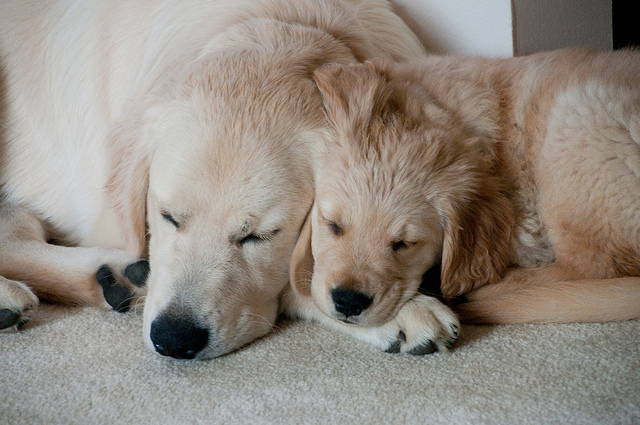
#4 – What Energy Level Are You Looking For?
Be realistic with this one. People say “I am going to get a dog so it will make me workout.” So they get a viszla. But after a few runs the person gives up and the dog becomes destructive due to boredom. Chose a dog that fits the real you, not the person you think you want to become. You will both be happier.
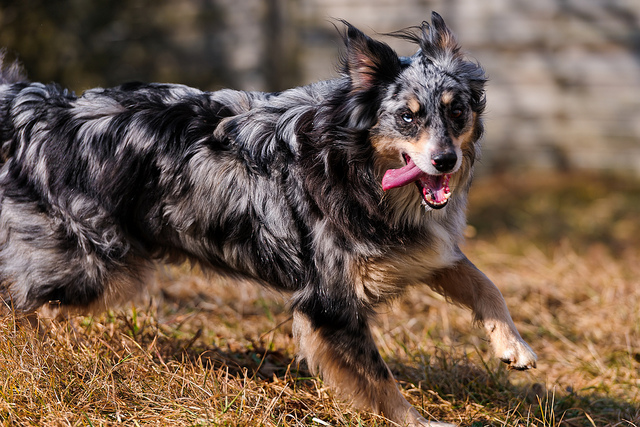
#5 – What Kind Of Maintenance Is Required?
This is an important one as well. How much time do you really have? Most dogs need at least an hour of activity – training, exercise, etc. – a day. Not to mention potty walks, feeding and grooming time. A low-key dog will need less exercise and a short-hair dog won’t need daily grooming (but if he has floppy ears, he made his ears cleaned frequently). Think about how much time you have to dedicate to a dog and then pick a type whose maintenance fits in that time-frame.

#6 – What Is The Needed Temperament?
Just like people, every dog has his own unique temperament. As new studies have shown, breed does not necessary predict a dog’s temperament. So, make a list of the traits you are looking for and then tell the shelter or breeder. Do you want a dog that is friendly to everyone or are you looking for a dog that will alert you if someone is at your door? Do you have kids and need a dog with patience? Or maybe you want to do agility and you are looking for something with high-energy. Knowing what you want and sticking it to it will help deter you from an impulse choice based on those “sad puppy eyes.”

#7 – Have You Set A Budget?
When it comes to the cost of owning a dog, some things are going to be similar regardless of type of dog – things like food, vaccines, cost of vet visit, etc., don’t change much. However, there are breeds – like the English bulldog – that are known for racking up vet bills. Others, like the poodle, need regular grooming appointments that add up. It’s good to look at the costs of all things and decide if you can afford it. If you can’t afford a haircut for yourself, you don’t want to have to pay for a poodle cut once a month.

#8 – Do You Need To Consider Trainability?
Something many people don’t think about thinking about is how easy the dog will be to train. Some dog breeds are more likely to be a challenge – most terriers for example. Most people find their herding dog, on the other hand, wants to work and are quite attentive during sessions. If you are new to dog training or a novice at a sport, you may want to start out with an “easy” dog. Owners of the breed you are thinking about should be able to give you a good indication on how hard they are to train. Remember, this is just a guideline, since dogs are individuals.
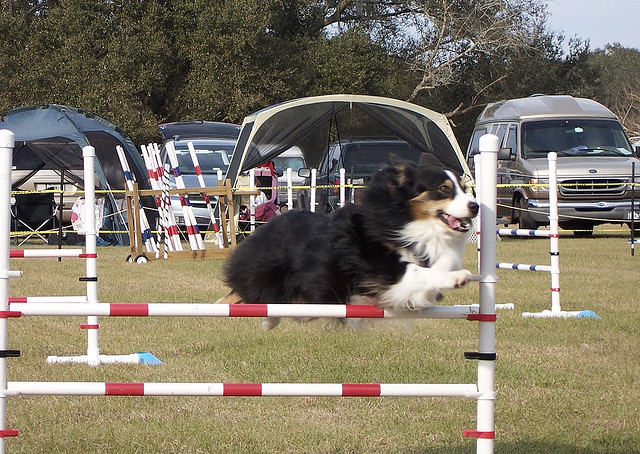
#9 – Will Travel Be An Issue?
Do you travel a lot? If so, this is something to think about: is your dog going with you or staying at home? It’s easier to travel with a little dog, and cheaper on most flights if they fit under the seat versus going in cargo. Also, most airlines have restrictions on when brachycephalic (short-nosed) dogs can fly for safety reasons so it’s another thing to keep in mind.

#10- Have You Considered What Gender You Are Looking For?
Although not a critical decision, there are a few things to keep in mind. It costs a bit more to spay a female dog than to neuter a male dog. Male dogs, even when neutered, can mark inside the house. Otherwise it’s a personal choice – some may tell you one sex is friendlier, more affectionate, or more focused in a breed than the other. This is where research is good.

#11 – Do You Have The Right Space?
Do you have enough space for the dog you are thinking about? If you want a large dog do you have a backyard or a big enough house he can move around in without always being underfoot? Do you have room for his kennel? If you in a micro apartment, for example, you may find yourself using your Dane’s crate as your dining room table if you don’t plan it out.

#12 – Bring Your Family When Adopting.
Don’t make the decision on your own. Make sure everyone that is living with the dog is happy about the decision. If you bring home the exact opposite of what your family agreed on the night before, problems will arise and the dog may even lose his home. Before you bring a dog home, make sure everyone is on board.
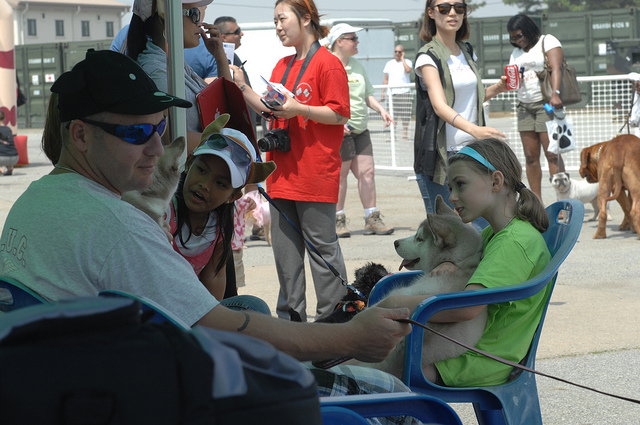
#13 – Don’t Rush Into Ownership
That old saying “there are many fish in the sea” is ridiculously true when it comes to dogs. There are literally millions needing homes. So don’t rush your decision! Take time to look at many dogs and spend a good amount of time with them before making your decision. A good breeder or rescue group will not try to rush you or push your choice.
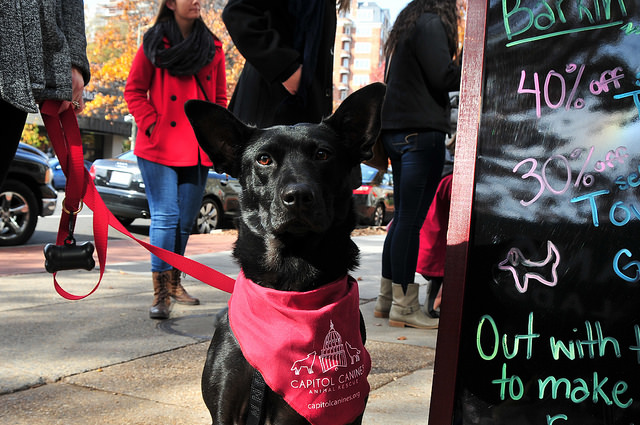
#14 – Don’t Settle For A Pet That Doesn’t Meet Your Needs.
When you make your list, be sure to put it in order or priority. What are the “must-haves”? For example, don’t get a dog that hates cats or is scared of kids if you have them at home. It’s a disaster waiting to happen. Other things, like gender, you may be okay with changing you mind if everything else fits. The main thing is, don’t settle. This should be a life-long decision.

#15 – Seek Professional Help
Still not sure you are going to make a good decision? Maybe you don’t know a lot about dog body language to tell a dog’s temperament during an hour interview. Or maybe you are just worried your emotions will get the best of you. A lot of dog trainers offer their services when it comes to evaluating a dog. You can bring one along with you and get their opinion on if it’s a good fit for your family.
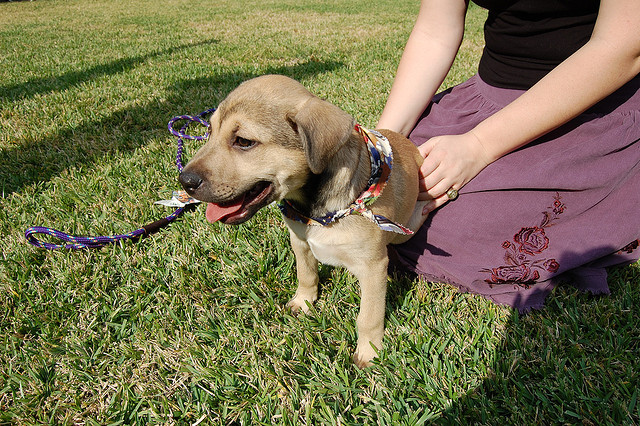

Comments are closed.